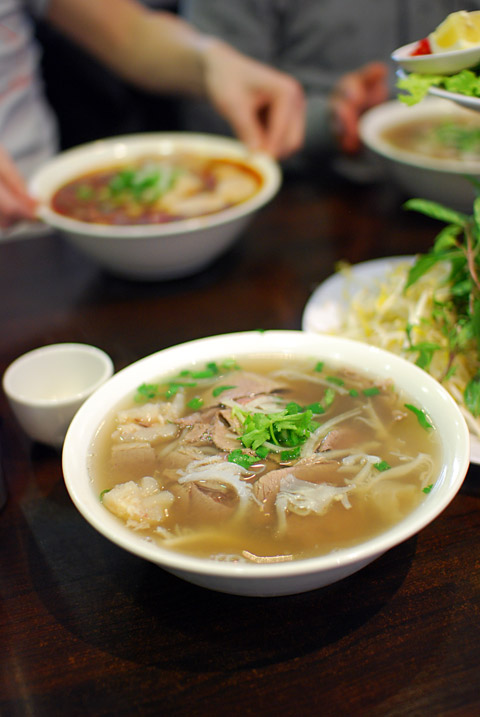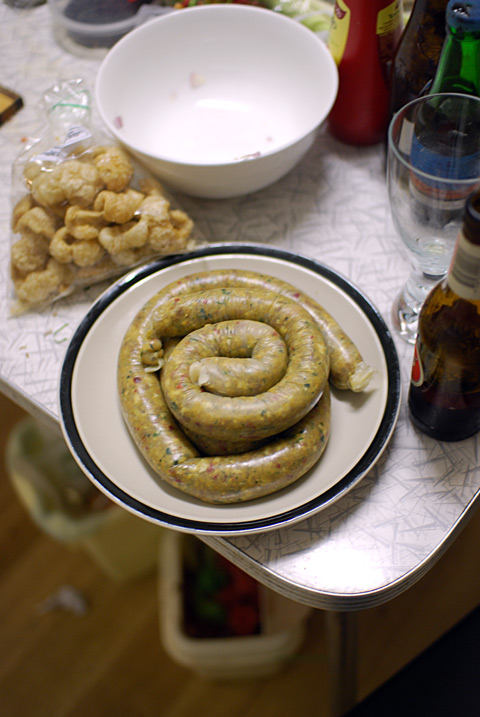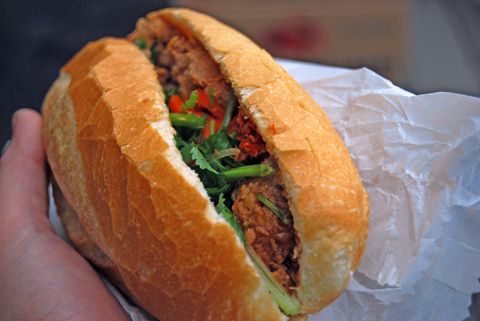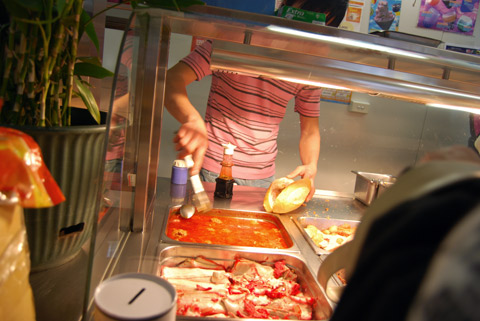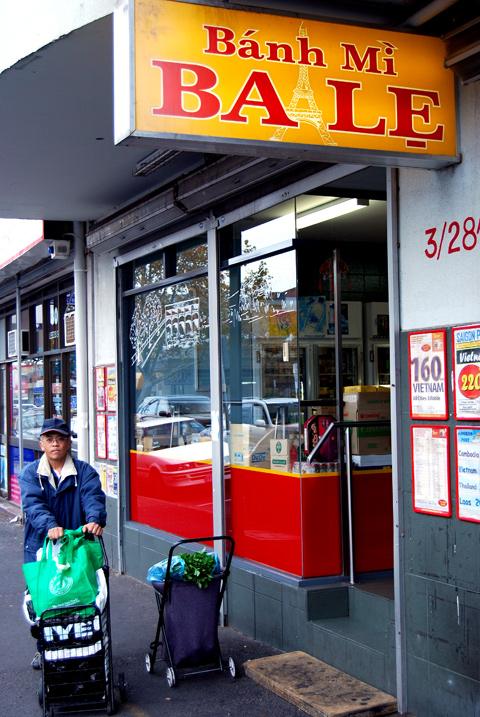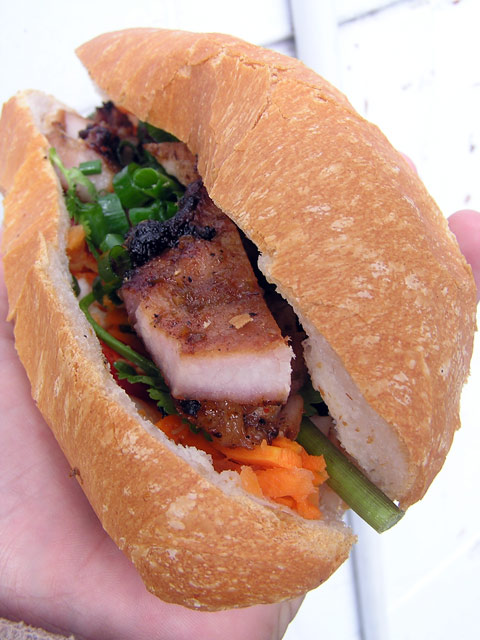Chinese food in Australia is for the most part, awful, but it is an awfulness within which you can revel. Steak and black bean sauce, paint-liftingly acidic lemon chicken, your-meat-of-choice stir-fried with cashew nut and cornstarch. Fried rice with peas in it and those little prawns (jumbo krill?) from a can that only exist to populate this specific dish. I still have a lot of love for it, mostly because it represents a resolutely Australian cuisine.
It does bear a passing resemblance to Cantonese food, if you squint hard enough and have a terrible aversion to vegetable matter, offal and real seafood. I’ve been meaning to do some research to uncover Australia’s first Chinese restaurant as a way to find out whom or where gave birth to this food, and why it was Cantonese and not the Uighur food from Western China that captured the Australian palate.
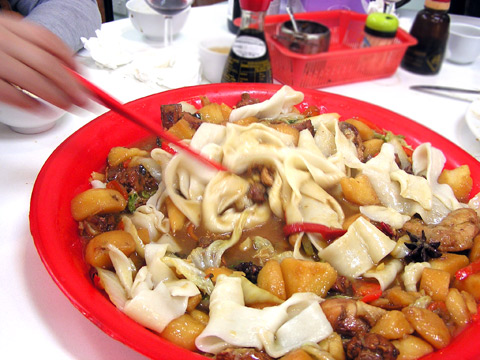
If Central New South Wales had have invented a Chinese cuisine of their own (and been originally populated by nomadic Central Asians subjected to 2500 years of bloody invasion), it would probably look much like Uighur food.
The far Western province of China is built upon sheep and wheat; which the food reflects, as does its location between Tibet, Mongolia, Russia, Afghanistan, Kazakhstan, Kyrgyzstan, Tajikistan, and Pakistan- and India-controlled Kashmir. It thus has a byzantine political history whose richness is only surpassed by its daedal religious intricacy. As a consequence, people eat potatoes; piles of cumin; chili in crazed abundance, both whole dried and as flakes. Fresh wheat noodles are pulled or are presented flattened and hand-cut.

lamb is omnipresent: in the cumin-coated kebabs (above), atop and beneath hot noodles ands soups, providing filling for the dumplings and pastries. Apart from the spices, it couldn’t conform more to the cliche of the Anglo-Australian palate.
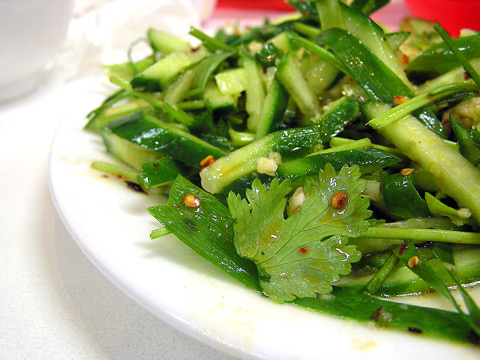
Green salads even arrive uncooked and unpreserved which is about as far from the rest of Chinese cuisine as you can possibly veer. Why isn’t this food in every Australian country town?
Apart from the obvious reason that there is no critical mass of Uighur people spread about the countryside, there is probably a Western Chinese restaurant nearby that you wouldn’t otherwise notice unless you could read Chinese characters. One-plus-One Dumplings in Footscray is a case in point. Their name is little more than a ruse to hide their true cuisine; their dumplings only notable for being forgettable; the interior indistinguishable from any other Chinese restaurant under the disinfectant glare of fluorescent lighting and mirror-halled walls.
But the lamb and noodles will transport you straight back to Ürümqi.
While one should eat Uighur food apropos of nothing, this particular occasion to hit up some Western Chinese in the Western suburbs was that Maytel from Gut Feelings was in Melbourne, as were ex-Cambodian expats Andrew and Anth. We are all still bound to upholding the myth that every English language blogger in Cambodia knows each other. And there isn’t a decent Cambodian joint for miles.
Address: One-Plus-One Dumplings, 84 Hopkins St, Footscray
Addendum (27 May 2008): Added Tibet to list of neighbouring nations. I missed it.
